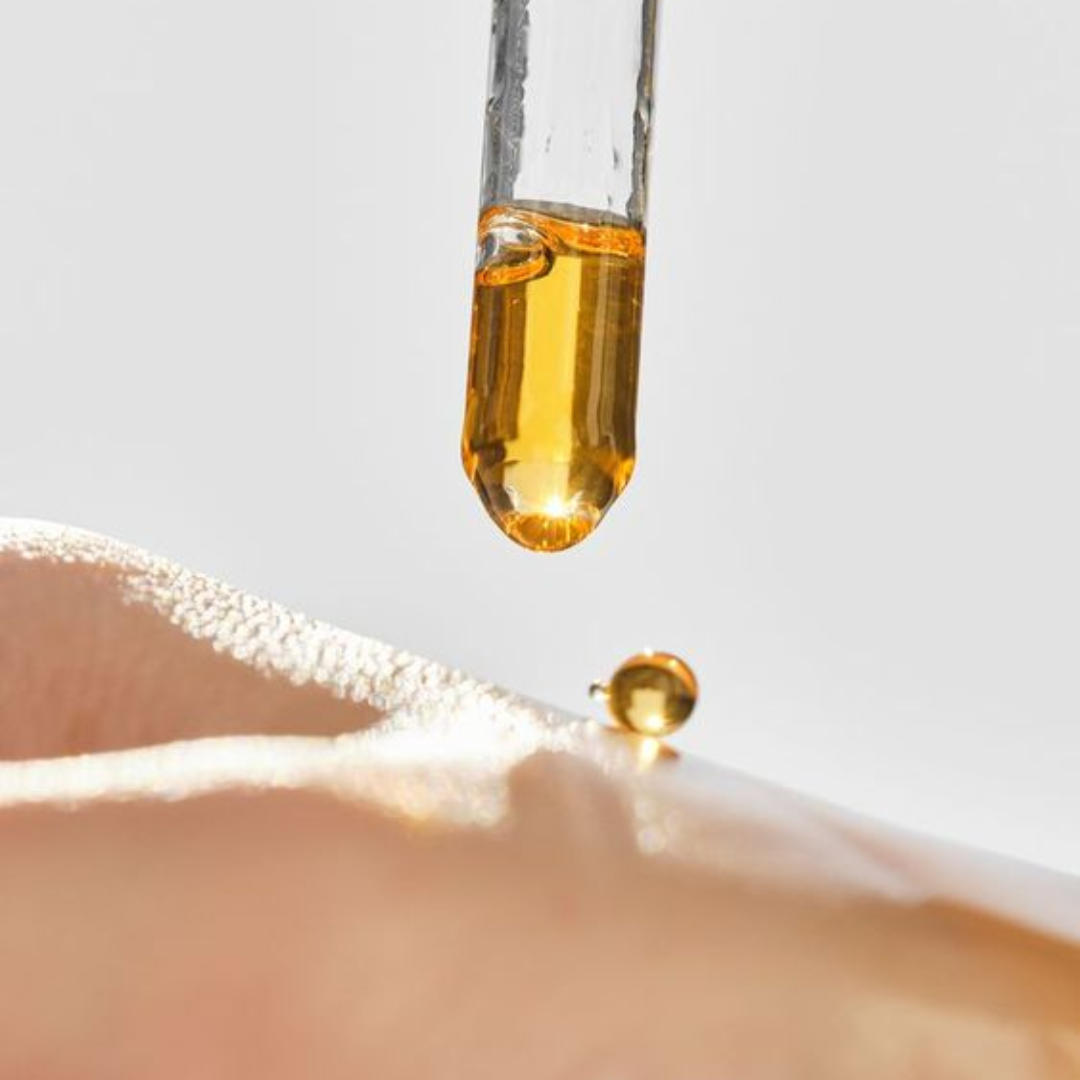
What are the benefits of lactic acid for the skin?
Share
Lactic acid is a key active ingredient in skin care, appreciated for its gentle exfoliating and moisturizing properties. Derived from the fermentation of milk or plant sources, it belongs to the alpha hydroxy acid (AHA) family. Whether for smoothing the complexion, improving skin texture or reducing the signs of aging,lactic acid offers numerous benefits for the skin.
1. What islactic acid?
Lactic acid is a water-soluble alpha-hydroxy acid. It acts primarily on the skin's surface to stimulate cell renewal and improve hydration. Unlike some other more aggressive AHAs,lactic acid is recognized for its high tolerance, even on sensitive skin.
It is used in a variety of formulations: creams, serums, lotions, gentle chemical peels and masks.
2. The main benefits oflactic acid
a. Gentle exfoliation
Lactic acid eliminates dead cells from the skin's surface, resulting in gentle exfoliation and regular skin renewal. This gentle chemical exfoliation:
-
Smoothes skin texture.
-
Reduces the appearance of dilated pores.
-
Prepares skin to better absorb other skin care products.
b. Reinforced hydration
Lactic acid is an excellent humectant, which means it attracts water to skin cells. It :
-
Maintains hydration.
-
Reduces skin dryness and tightness.
-
Improves skin suppleness and comfort.
c. Brightening the complexion
By promoting cell renewal and eliminating dead pigmented cells,lactic acid:
-
Reduces light brown spots.
-
Evens skin tone.
-
Gives skin a more luminous appearance.
d. Collagen stimulation
Regular use oflactic acid can stimulate collagen production, boosting skin elasticity and reducing the appearance of fine lines and the first signs of aging.
e. Gentle for sensitive skin
Compared to other AHAs such asglycolic acid,lactic acid is better tolerated by sensitive or reactive skin, enabling regular exfoliation without excessive irritation.
3. Optimum use oflactic acid
a. Concentration and frequency
-
Cosmetic formulations generally contain between 2% and 12%lactic acid for daily or weekly use.
-
Dermatological peels can reach higher concentrations (30-50%), but require professional supervision.
b. Mode of application
-
Apply to clean, dry skin.
-
Start with low concentrations to test tolerance.
-
Gradually increase the frequency if tolerated by the skin.
c. Sun protection
Lactic acid increases sensitivity to the sun. It is therefore essential to combine its use with a daily sunscreen to avoid hyperpigmentation and sun damage.
4. Main indications forlactic acid
-
Dull, rough skin: smoothes and improves texture.
-
Uneven skin tone or light spots: to even out and brighten.
-
First wrinkles and fine lines: to stimulate collagen and firm skin.
-
Dry, sensitive skin: moisturizes and soothes tightness.
-
Prevent mild acne: gentle exfoliation helps limit pore clogging and blackhead formation.
5. Precautions for use
-
Avoid combining with highly irritating products (strong retinoids, concentrated benzoyl peroxide) at first.
-
Start with 1-2 times a week and gradually increase.
-
Always apply sunscreen in the morning to protect sensitized skin.
-
If irritation occurs, reduce frequency or concentration, and consult a dermatologist if necessary.
6. Expected results
With regular and appropriate use :
-
Brighter, more even complexion.
-
Less visible pores and smoother skin.
-
Improved hydration and skin comfort.
-
Fine lines reduced thanks to collagen stimulation.
Results are generally visible after 4 to 8 weeks of regular use.
7. Conclusion
Lactic acid is a multi-purpose active ingredient that combines gentle exfoliation, hydration and collagen stimulation, providing a solution for sensitive, mature and dull skin alike. Regular use smoothes skin, evens skin tone and improves texture, while limiting irritation.
In short,lactic acid is an excellent choice for incorporating into an anti-aging, brightening routine, or simply for maintaining healthy, radiant skin.
